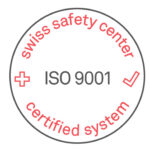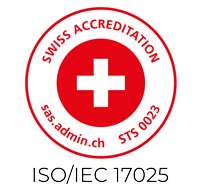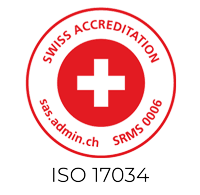Zuverlässige CHEMISCHE ANALYSEN DURCH EXPERTEN mit Erfahrung
unabhängig, akkreditiert und erfahren
Als Dienstleistungslabor für chemische Analyse verfügen wir über eine hohe Fachexpertise und jahrelange Erfahrung in der Durchführung von qualitativ hochwertigen Analyseverfahren. Wir sind akkreditiert, zertifiziert und unabhängig, was eine vertrauenswürdige und präzise Analyse sicherstellt.
Unser Fokus liegt nicht nur auf der Bereitstellung von Messwerten, sondern auch auf der Interpretation und Zusammenfassung der Ergebnisse für unsere Kunden.
Mit unserer breiten Palette an Akkreditierungen / Zertifizierungen, einschließlich GMP, FDA, ISO/IEC 17025, ISO 17034, sowie einer Lizenz für den Umgang mit kontrollierten Substanzen, garantieren wir unseren Kunden höchste Qualität und Zuverlässigkeit.
Bei uns erhalten Sie nicht nur schnelle und flexible Dienstleistungen, sondern auch das Fachwissen und die Erfahrung unserer Experten in der chemischen Analyse.

















![AdobeStock_435228133-[Converted]](https://suisse-tp.ch/wp-content/uploads/elementor/thumbs/AdobeStock_435228133-Converted-e1676022886856-q3bd32msklmkmpv8pmbcrtngzpk5xvgrhv6gaskcg0.png)

